Royal Talens visits Genesse Elementary School
Written by Jeff Olson, RTNA Art Education Director
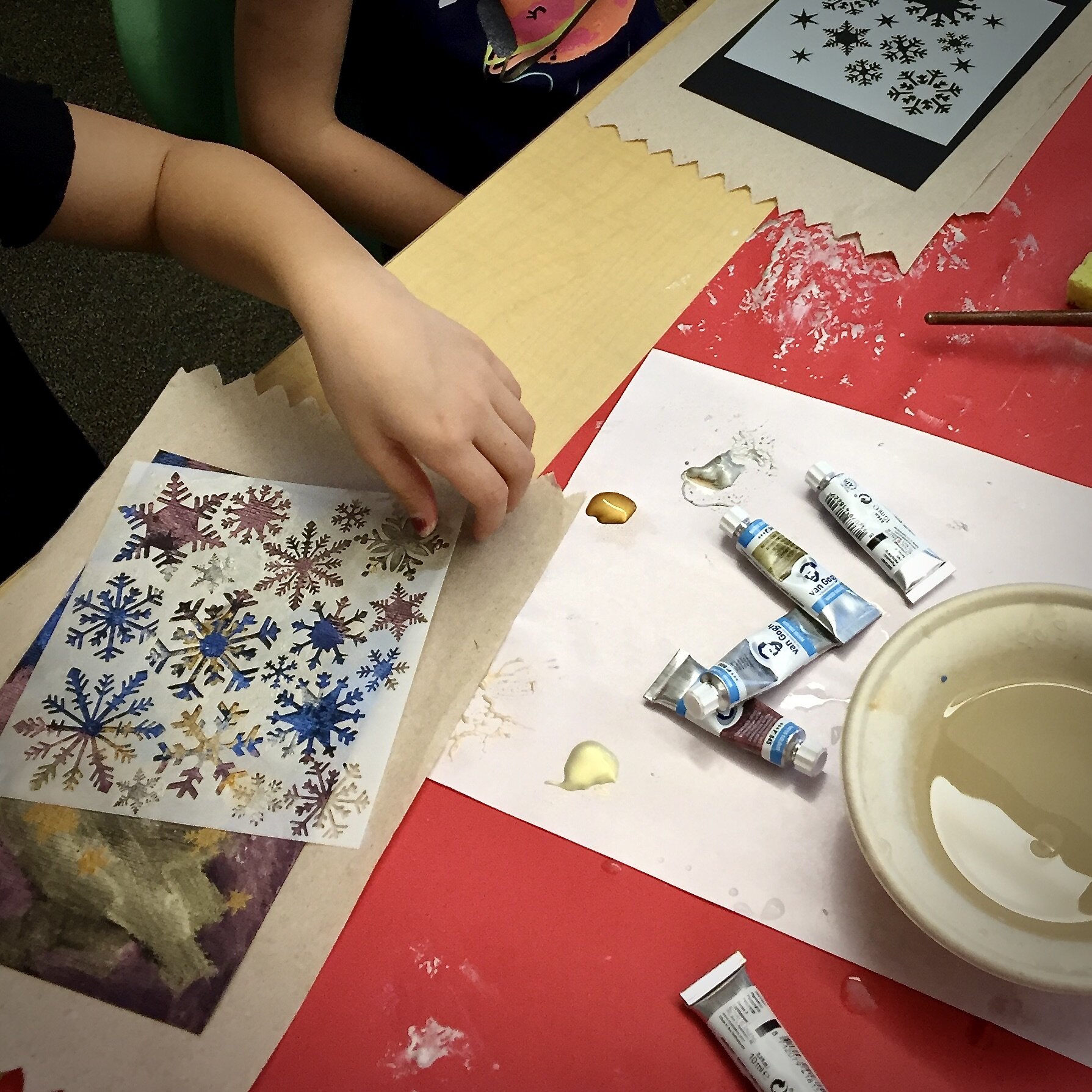
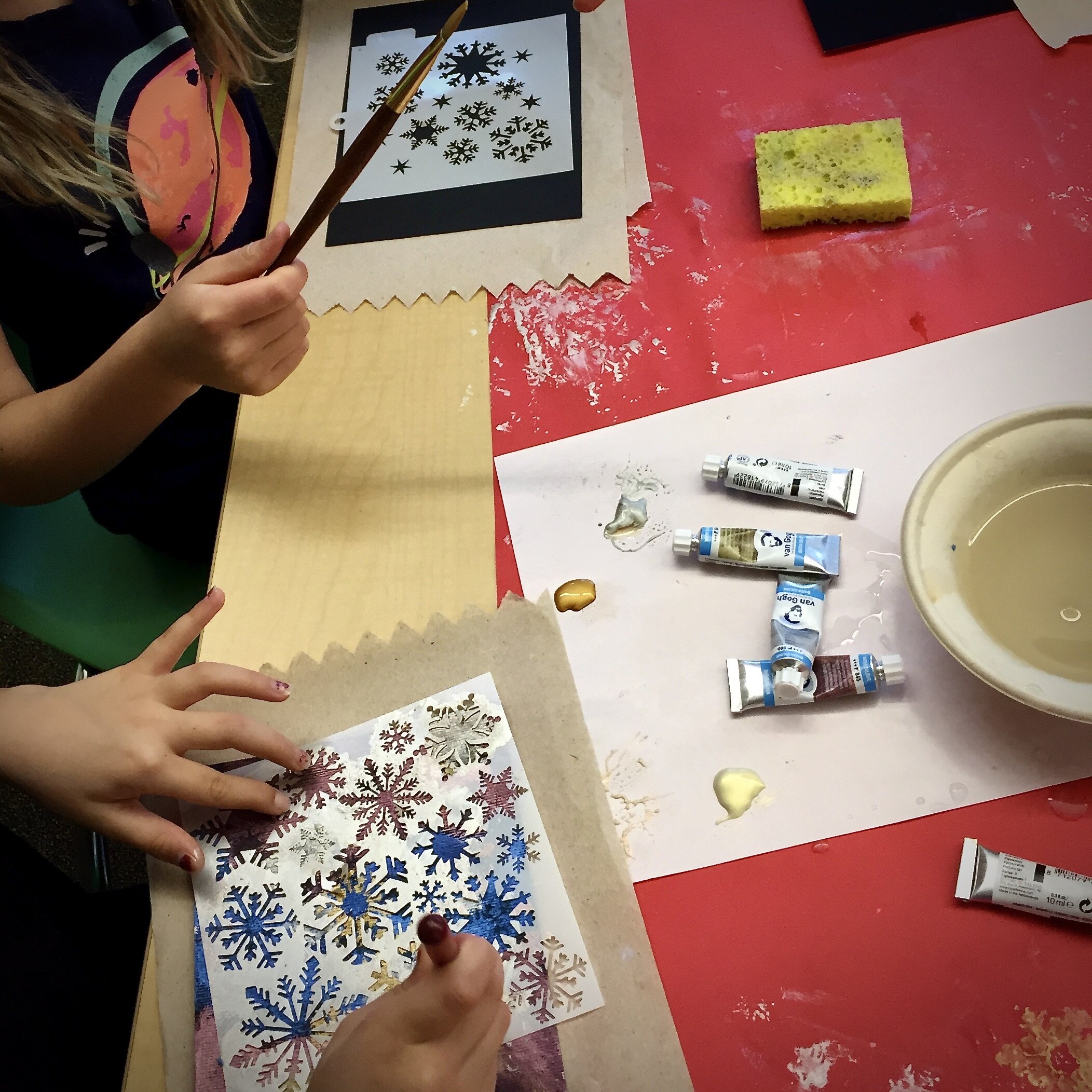
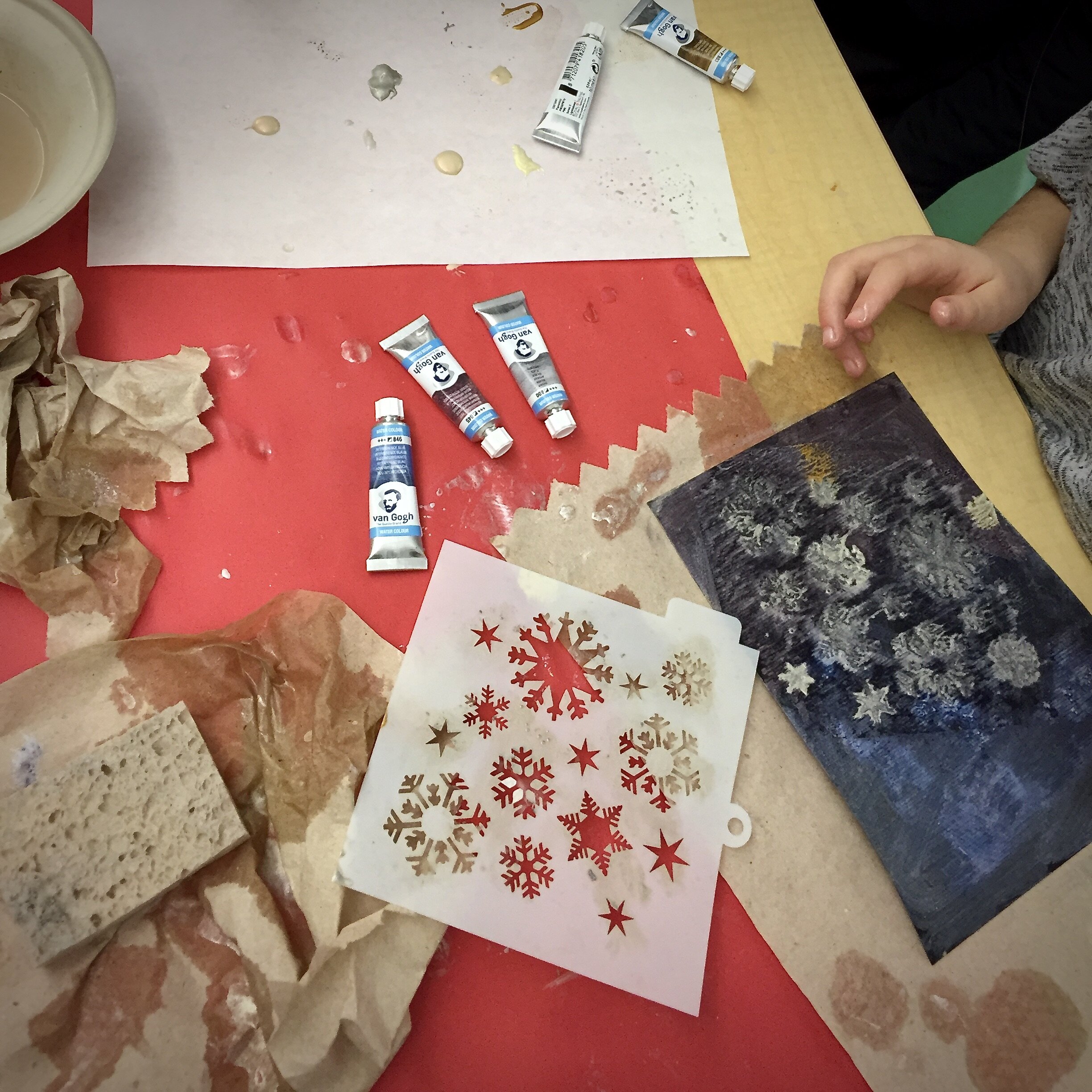
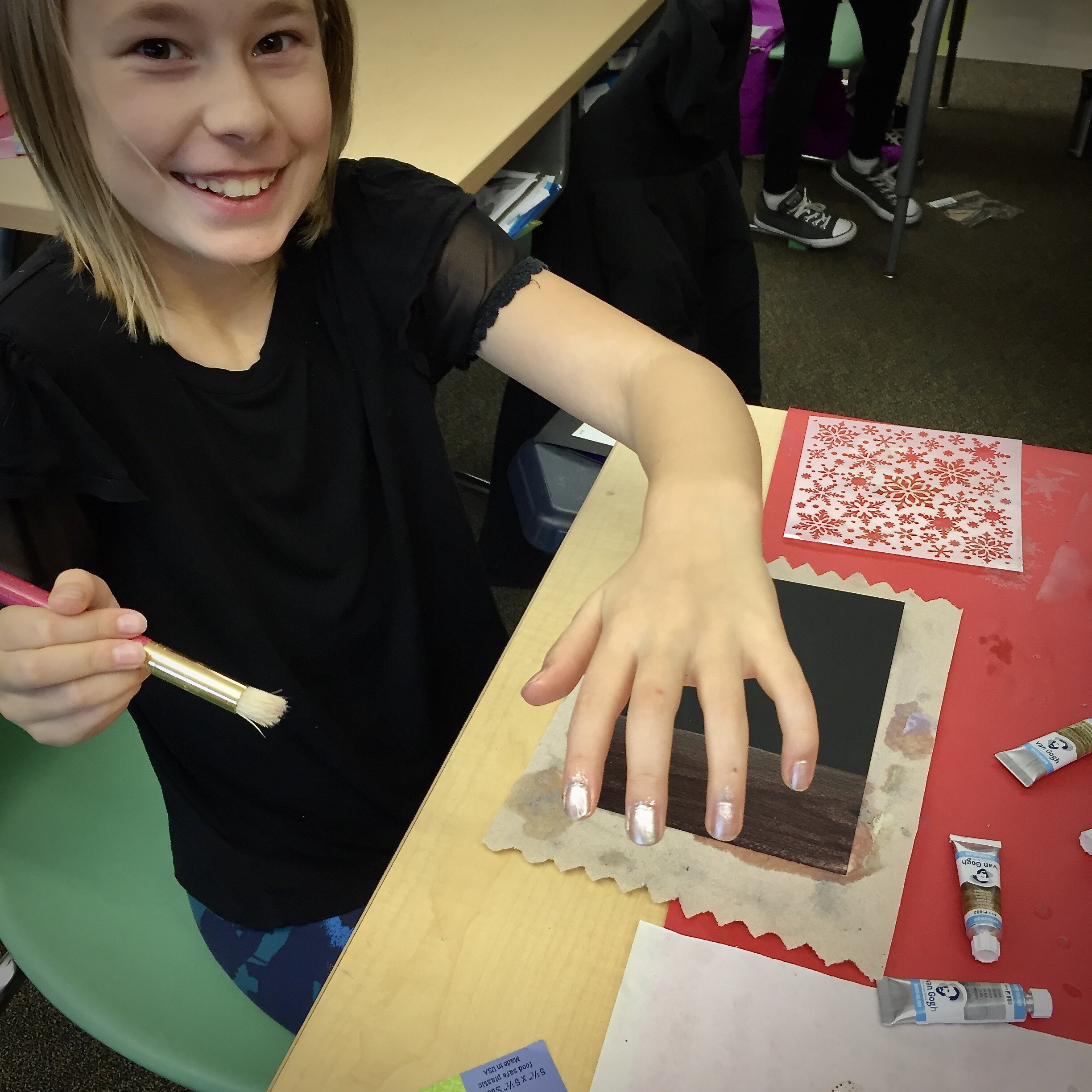
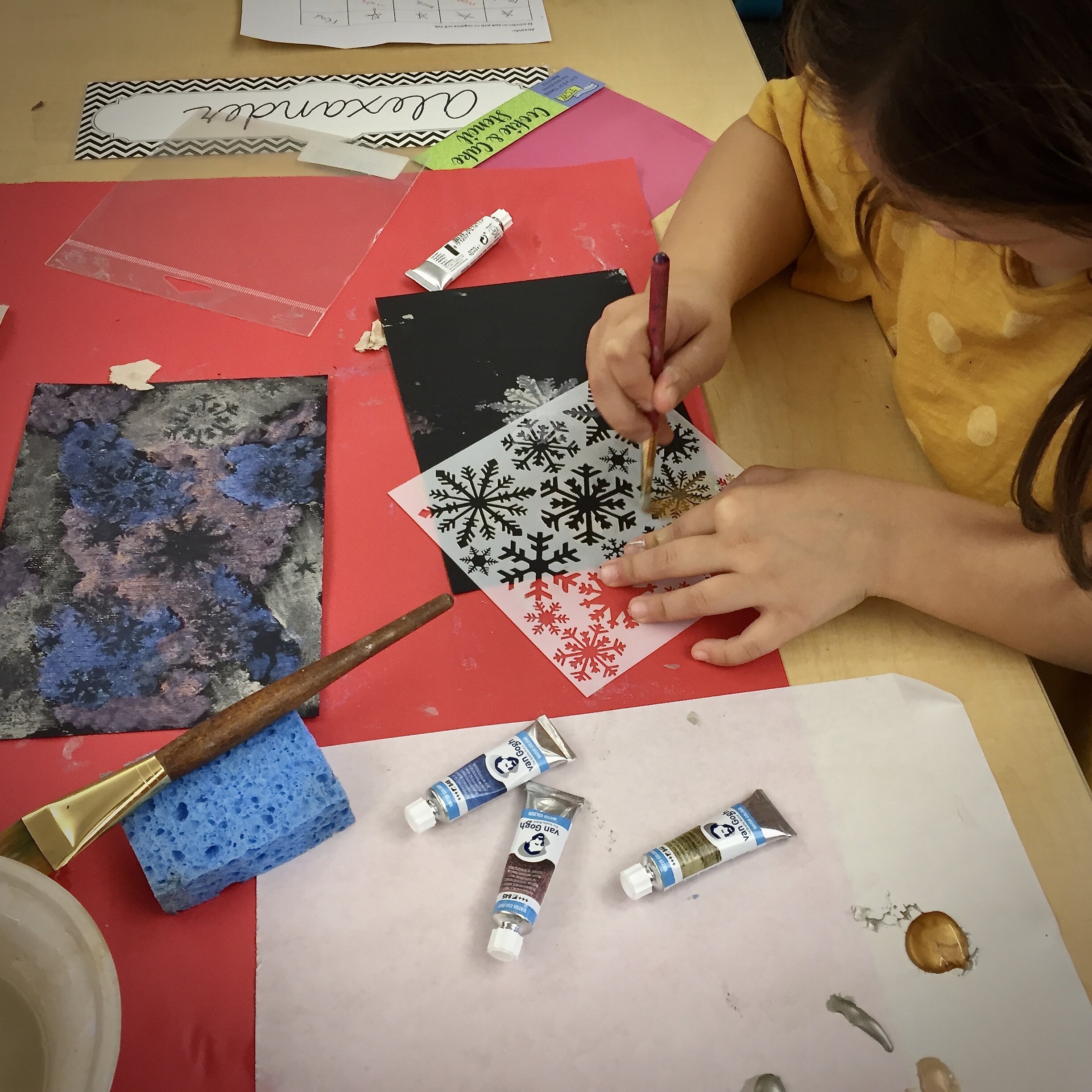
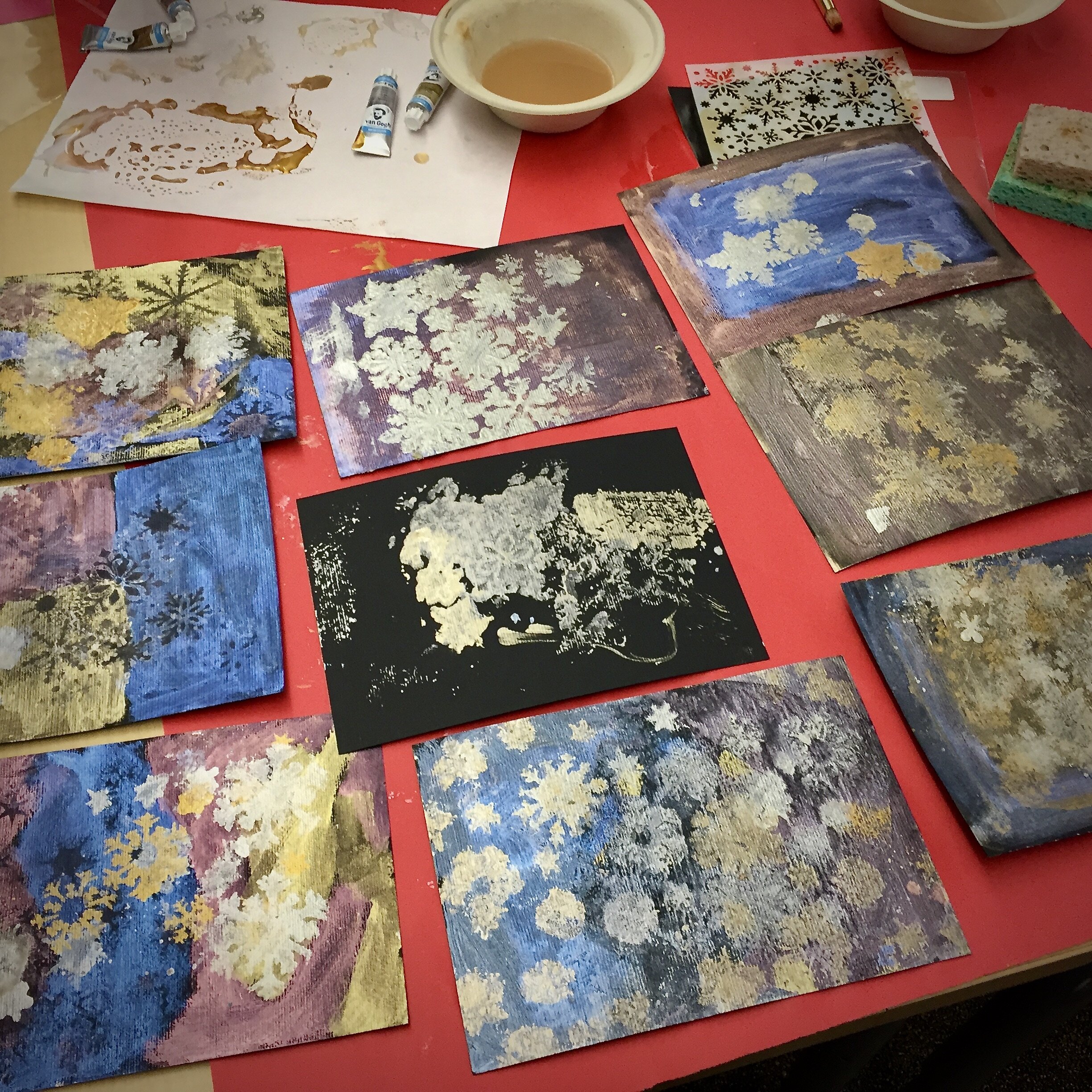
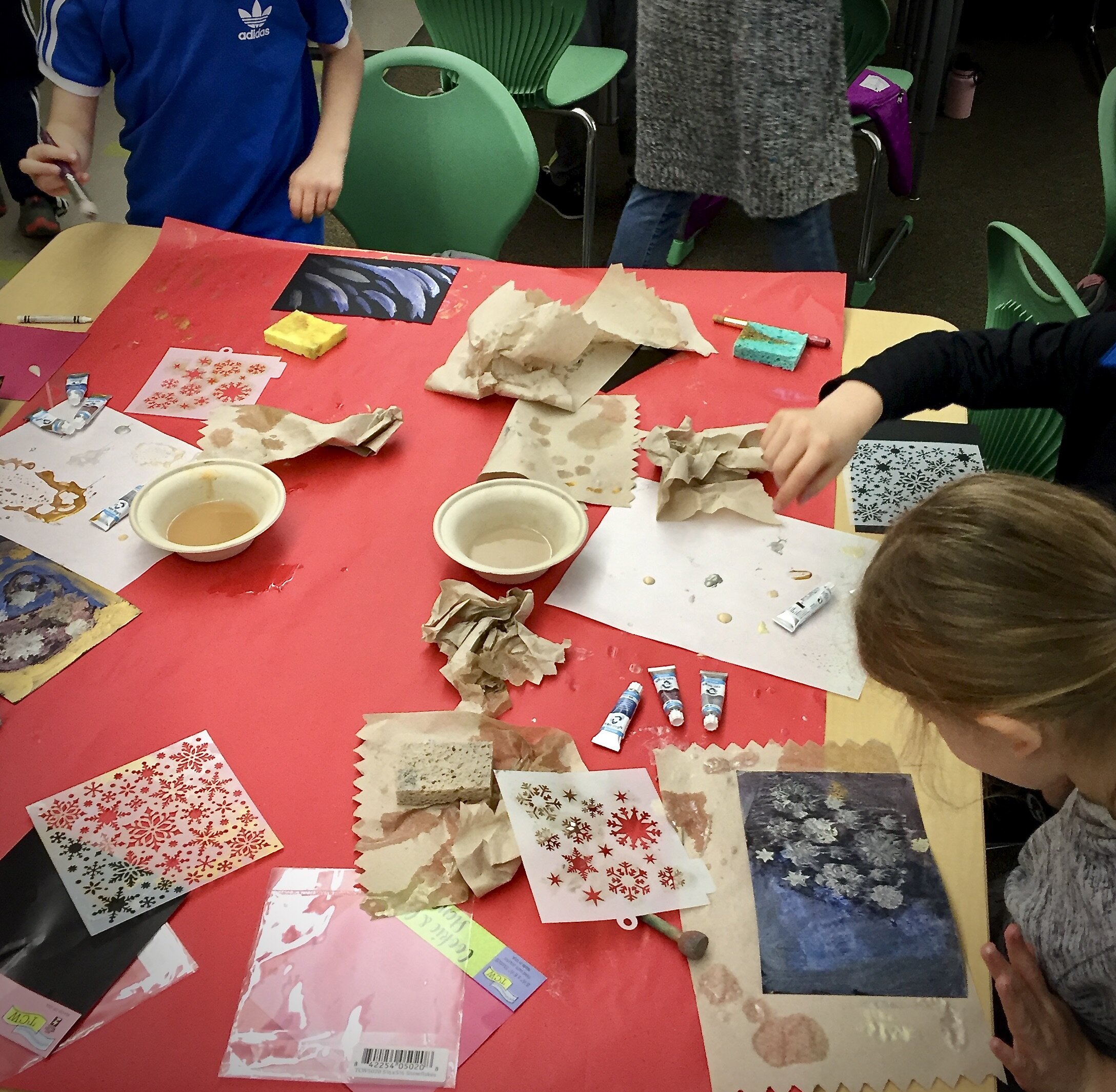
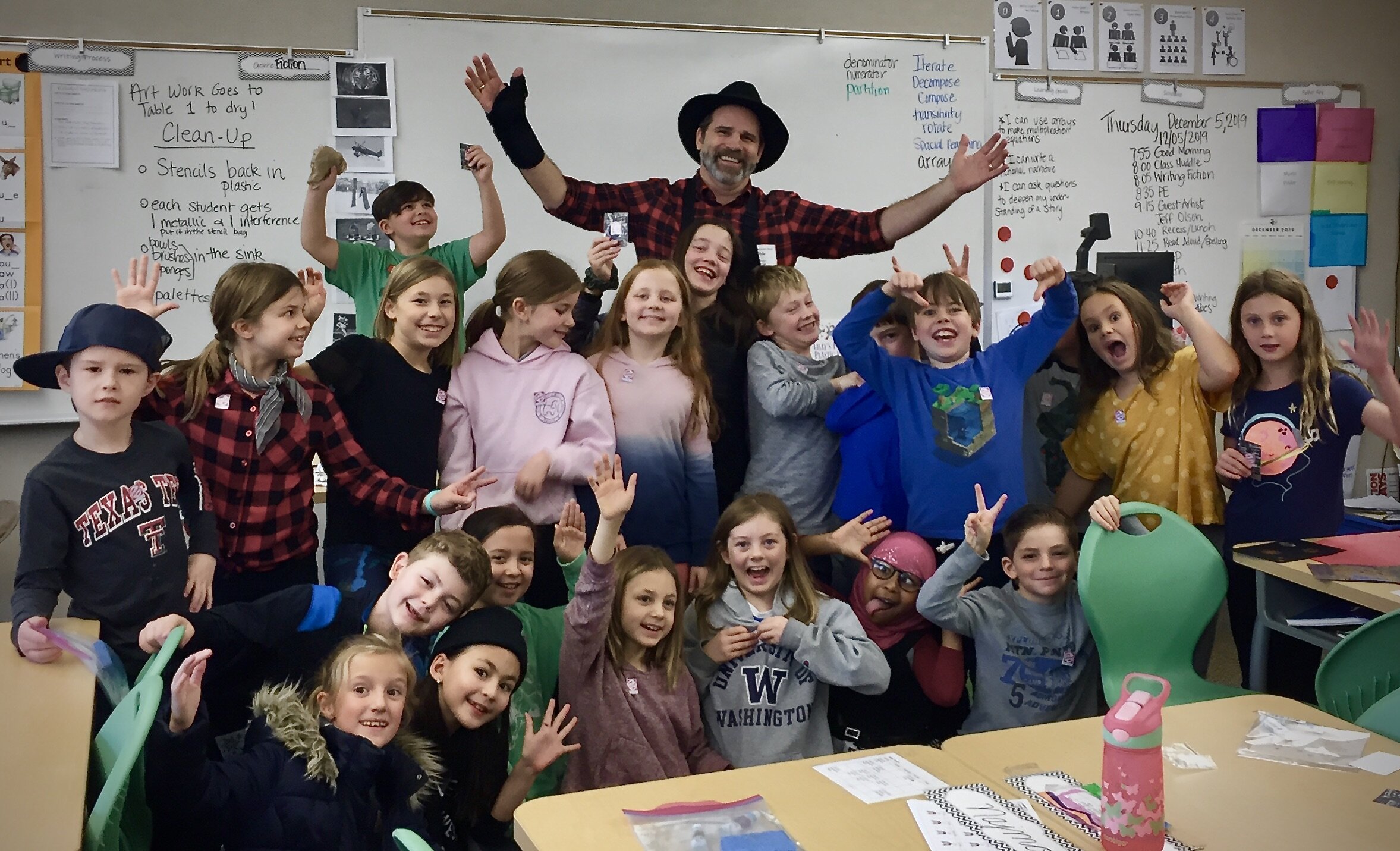
One of my fondest memories as a father was attending my daughter’s grammar school classes as an art docent. Nothing quite compares to the wonder of discovery on the faces of children when making art. So, when I received an invitation from Jennifer Kwintner to visit her third-grade class at Genesee Elementary School in Seattle, Washington, I wholeheartedly accepted.
In my role as Art Education Director for Royal Talens, I often make classroom visits at Universities and Art Colleges around North America, but I have to admit that I was more than a little intimidated by the prospect of speaking to a room of 24 nine-year-old kids. After consulting with Jennifer, it was decided that along with a hands-on project, there needed to be an additional academic element. For the hands-on portion, I chose what I thought was something that would really capture their imagination, and that was our new Van Gogh Interference watercolors on black watercolor paper. For the academic piece, I decided to talk about pigments.
Talking about pigments with kids might seem a little over their head, but this was not the case. I shared with them the main three categories; organic, inorganic and synthetic, and finished by explaining how interference colors worked.
Organic, as I should have known, was a word they were all acquainted with, and answers to where they came from included Wholefoods and that they were indeed healthier than inorganic. Once we had the origins worked out, explaining synthetic was a sinch. When defining interference, one young lady explained how her father is always upset when the refs call it on the Seahawks. Humor aside, it only took them about 15 minutes to catch on, and after a few origin stories for Carmine and Indian Yellow, they had mastered the subject matter.
Painting with the interference colors (dubbed by the kids as “magic paint”) turned out to be a great choice as they were thrilled to see how the interference color reacted on a white vs black ground. We had fun guessing how each spot of pearl color on the white palette would transform on the black paper. For the project, we layered the different interference colors and some of the metallics using snowflake stencils provided by The Crafters Workshop. After giving them a few pointers, I cut them loose to explore on their own, and it was fascinating and just plain fun to see how each child approached the task differently—their unique personalities coming out in the work.
I love my job, and its opportunities like this that remind me how important of a role we can play in the growth and long term health of art education, which in turn, is an investment not only in future generations of young artists, but to the health of our industry as a whole.
